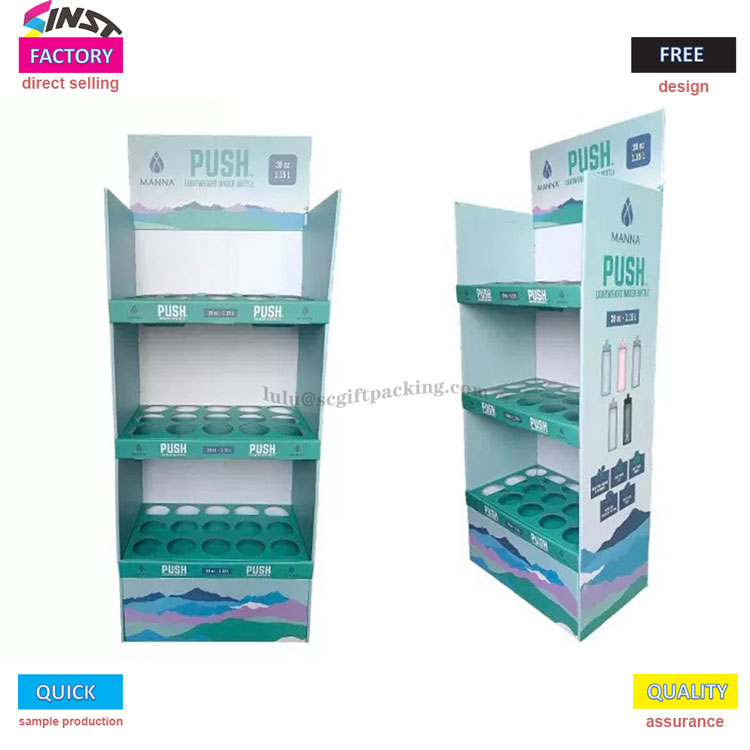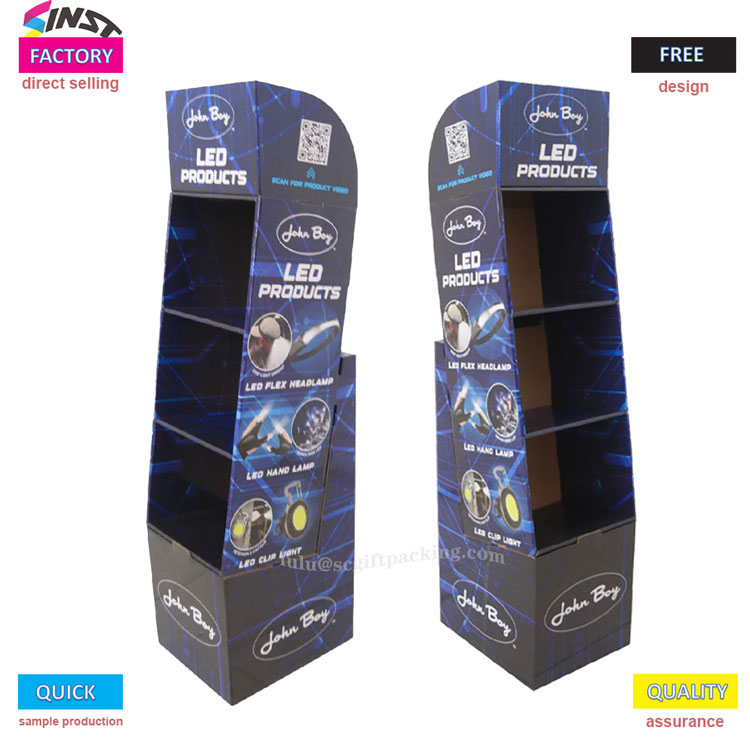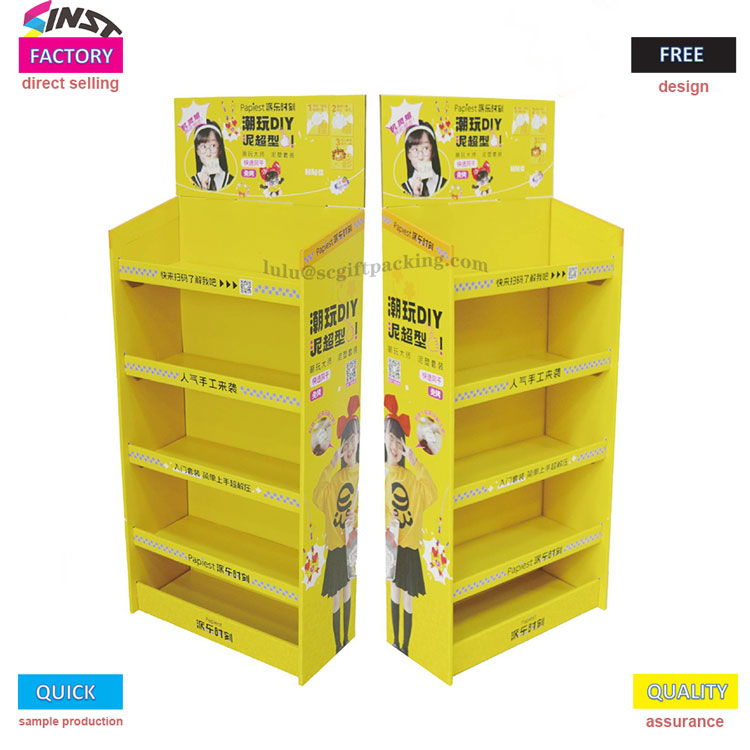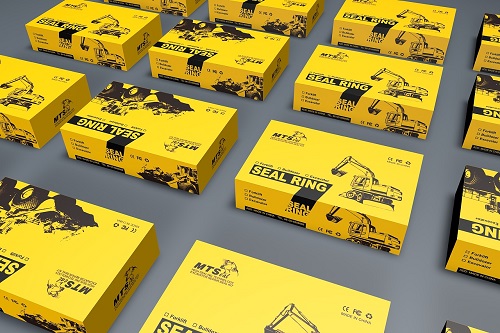Printing is the most basic and important processing technology in packaging and decoration. The elements of packaging Visual communication, carefully designed and arranged by the designer, must be realized through printing technology, and a large number of copies must be completed, so that the design can achieve perfect and true reproduction, face consumers, and realize the "dialogue" between products and consumers. There are various methods of packaging printing, and different methods result in different printing effects. Packaging printing methods can be divided into four categories: Letterpress printing, Planographic printing, intaglio printing and hole printing.
1、 Letterpress printing
The working principle of Letterpress printing is the same as that of seals. Any printing surface that is prominent but the non image part is concave is called Letterpress printing. Letterpress printing includes letterpress and flexography. Letterhead printing developed from early clay type, woodcut type, and lead cast type, and until modern times, most of it was mainly based on type setting. At the same time, this printing method, because it was directly printed on paper by the printing plate, belongs to a type of direct printing. The efficiency of typesetting in letterpress printing is low, and the cost of graphic plate making is high. With the development of digital plate making technology, this printing method is gradually fading out of the packaging printing market.
2、 Planographic printing
The printing plate image part of Planographic printing printing has no difference with the non printing part, which is flat. The principle of water oil non mixing is used to keep the printing plate image part a layer of oil film rich in grease, while the plate on the non printing part can properly absorb water. After the ink is applied to the plate, the image part repels the water and absorbs the ink, while the non image part absorbs the water to form the anti ink effect. Printing by this method is called "Planographic printing". Planographic printing is developed from early lithography. because of its unique personality in plate making and printing, and its simple operation and low cost, it has become the most used printing method today. Modern Planographic printing transfers the image from the printing plate to the blanket, and then to the paper, so it is also called Hectograph. The printing plate has images uploaded and is divided into hydrophilic and non hydrophilic regions. The printing plate can be rolled onto a drum and covered with ink and water. The ink will adhere to the image area and "offset" onto the rubber printed fabric. The transfer of images from rubber blanket to paper or other substrate belongs to indirect printing.
3、 Gravure printing
In contrast to Letterpress printing, the inked part of the printing plate has obvious depression, while the non image part is smooth. When printing, it is necessary to first roll the ink onto the layout, so that the ink naturally falls into the sunken print area. Then, wipe off the adhesive ink on the surface (of course, the sunken print ink will not be wiped off). After placing the paper again, use high pressure to press the indented ink onto the paper. It is called gravure printing. Gravure printing is a direct printing method that directly presses the ink contained in the gravure pits onto the substrate. The thickness of the printed image is determined by the size and depth of the pits. If the pits are deep, they contain more ink, and the ink layer left on the substrate after pressing is thicker; On the contrary, if the pits are shallow, the ink content is less, and the ink layer left on the substrate after embossing is thinner. The gravure printing plate is composed of pits corresponding to the original image and text, and the surface of the plate. As a type of printing process, gravure printing plays an extremely important role in the fields of printing packaging and graphic publishing due to its advantages such as thick ink layer, bright colors, high saturation, high plate resistance, stable printing quality, and fast printing speed.
4、 Hole printing
Before the widespread use of computer printers, people used steel needles to engrave characters and plates on wax paper, and ink was used to press and print wax plates. The ink was printed through the holes formed by the steel needles on the substrate, which is one of the most basic methods of hole printing. As the perforated plate is printed through the plate, the ink feeding device is installed above the plate, while the paper is placed below the plate. The printing method is that the plate is a regular pattern through type, and the printing is still a regular pattern until the plate is printed. Due to different printing purposes, the layout can also be made into curved plates based on the surface of the printed material. Any printing task beyond the limitations of the other three printing methods can generally be completed through hole printing. Screen printing is the most widely used type of hole printing, and most screens are made of metal or nylon wire. The image and text templates are made on the screen, and the image area can be printed with ink, while the non image area is blocked. Ink spreads all over the screen surface and covers the substrate with the Doctor blade passing through the image area. The substrate can include wood, glass, metal, textiles, and paper. Screen printing has thick ink and bright colors, but it also has disadvantages such as slow printing speed, low production volume, poor color mixing effect, and is not suitable for large-scale printing.
 English
English  Español
Español  Português
Português  русский
русский  Français
Français  日本語
日本語  Deutsch
Deutsch  tiếng Việt
tiếng Việt  Italiano
Italiano  Nederlands
Nederlands  ภาษาไทย
ภาษาไทย  Polski
Polski  한국어
한국어  Svenska
Svenska  magyar
magyar  Malay
Malay  বাংলা ভাষার
বাংলা ভাষার  Dansk
Dansk  Suomi
Suomi  हिन्दी
हिन्दी  Pilipino
Pilipino  Türkçe
Türkçe  Gaeilge
Gaeilge  العربية
العربية  Indonesia
Indonesia  Norsk
Norsk  تمل
تمل  český
český  ελληνικά
ελληνικά  український
український  Javanese
Javanese  فارسی
فارسی  தமிழ்
தமிழ்  తెలుగు
తెలుగు  नेपाली
नेपाली  Burmese
Burmese  български
български  ລາວ
ລາວ  Latine
Latine  Қазақша
Қазақша  Euskal
Euskal  Azərbaycan
Azərbaycan  Slovenský jazyk
Slovenský jazyk  Македонски
Македонски  Lietuvos
Lietuvos  Eesti Keel
Eesti Keel  Română
Română  Slovenski
Slovenski  मराठी
मराठी  Srpski језик
Srpski језик 





